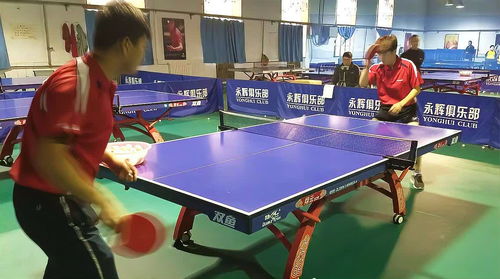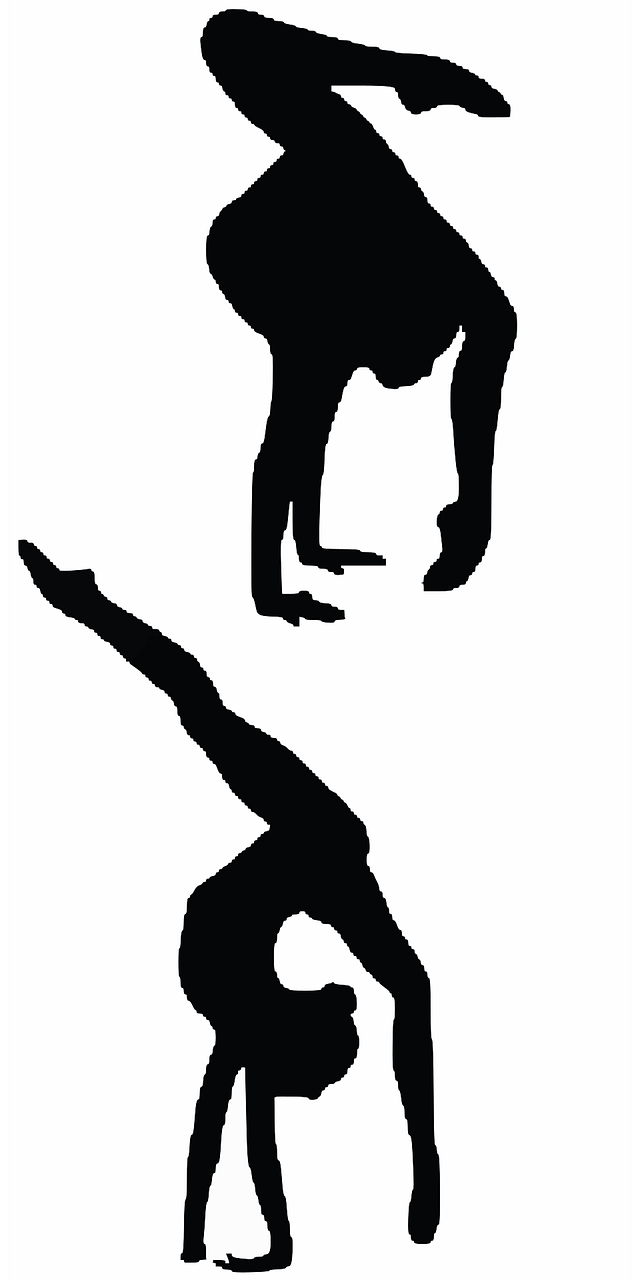乒乓球的弧圈球打法
Mastering the Art of Table Tennis: The Looping Technique
The looping technique, known as "弧圈打法" (hú quān dǎ fǎ) in Chinese, is a fundamental skill in table tennis that involves imparting heavy topspin on the ball to create a deep arc over the net. This technique is essential for offensive players aiming to control the pace of the game and put pressure on their opponents. Let's delve into the intricacies of the looping technique and explore its key components:
1. Grip:
Before diving into the looping technique, it's crucial to adopt the correct grip. Most players use either the shakehand grip or the penhold grip. The shakehand grip is more prevalent and provides better versatility for executing various shots, including loops.
Ensure a comfortable yet firm grip on the handle of the racket, allowing for flexibility and wrist movement during the stroke.
2. Stance:
Adopt a balanced stance with your feet shoulderwidth apart.
Position your body slightly to the side, with your racket hand slightly behind you and your nonracket hand in front for balance and stability.

3. Backswing:
Initiate the looping stroke with a smooth backward movement of the racket.
Rotate your waist and shoulders to generate power, while keeping your arm relaxed.
4. Contact Point:
As the ball approaches, focus on making contact slightly above the table surface.
Aim to strike the ball at the peak of its bounce to maximize topspin and control.
5. Stroke Execution:
As you make contact with the ball, brush upward and forward with an open racket angle.
Utilize the wrist snap to impart maximum spin on the ball.
Follow through the stroke with your racket finishing above your shoulder and your body weight transferring forward.
6. Timing and Footwork:
Anticipate the trajectory of the incoming ball to position yourself correctly.
Use quick footwork to adjust your stance and reach the optimal hitting position.
Time your stroke to coincide with the peak of the ball's bounce for maximum effectiveness.
7. Practice and Adaptation:
Mastery of the looping technique requires consistent practice and adaptation to different playing styles.
Experiment with variations such as the forehand loop, backhand loop, and loop drives to expand your repertoire.
Analyze your opponents' playing style to determine the most effective application of the looping technique during matches.
Conclusion:
The looping technique in table tennis is a dynamic and versatile skill that can elevate your game to new heights. By mastering the grip, stance, backswing, contact point, stroke execution, timing, footwork, and adapting through practice, you can unleash powerful and precise loops that keep your opponents on their toes. Incorporate these principles into your training regimen and watch as your looping proficiency transforms your table tennis game.








